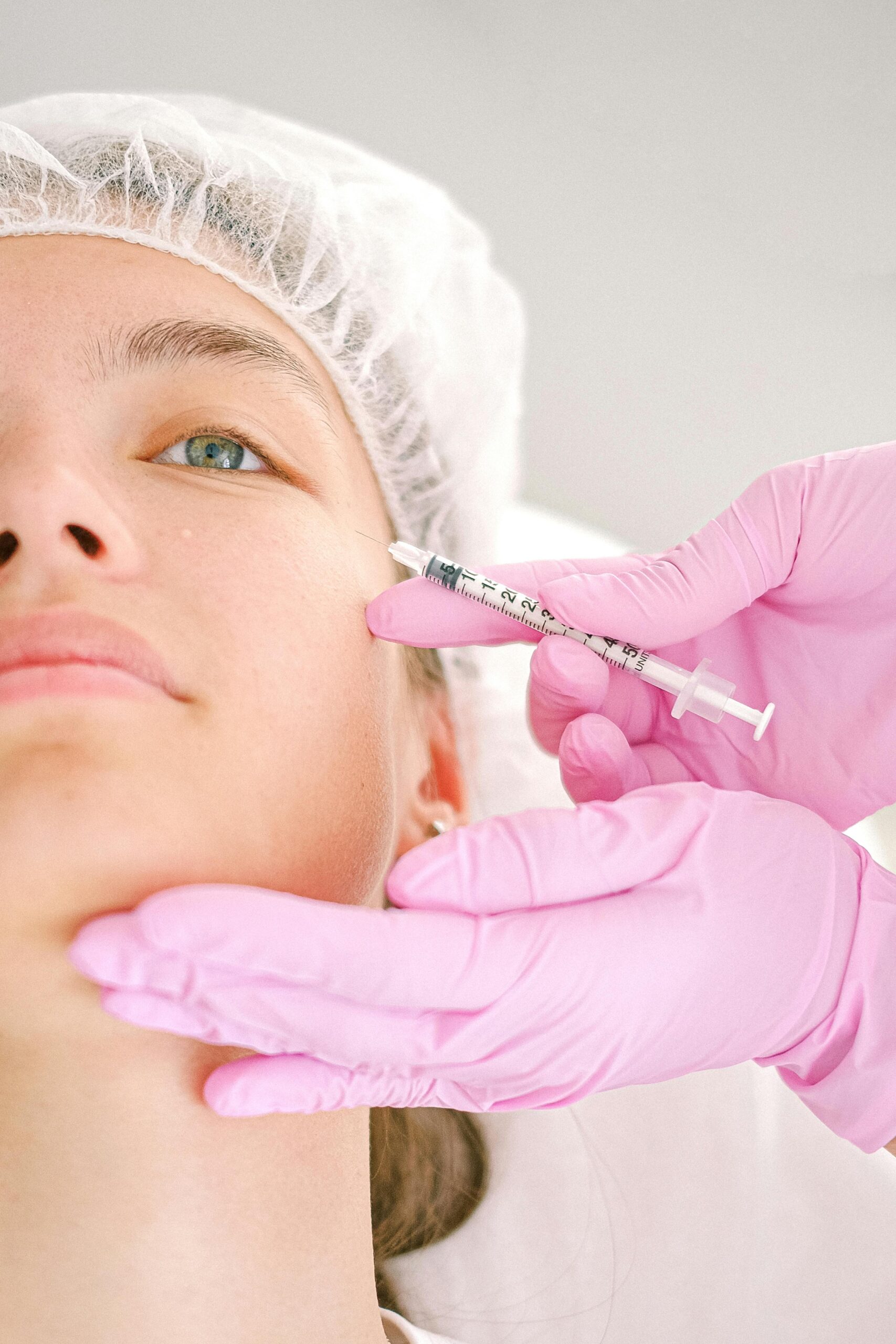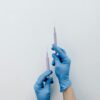If you live in the Southern hemisphere or are planning a vacation trip in the sun this December, then you will be wanting a healthy, glowing summer look. Not surprisingly number of people seeking non-invasive aesthetic procedures, such as dermal fillers and botulinum toxin, tends to increase around this time of year.
Why we’re seeing a Spring injectables rush
According to Statista, almost 7.9 million botulinum toxin injections were administered in 2024. This makes it the most popular non-invasive cosmetic treatment in the world, followed by hyaluronic acid injections (or dermal fillers).
While these treatments remain popular year-round, we also definitely see a surge in the number of people coming into our aesthetic practice for these treatments in the spring. This is, first and foremost, down to preparation for the summer. During the warmer months, we spend more time outdoors and socializing – we want to be confident when we do so, and looking good is a key part of that for many people.
Minimal downtime
Injectables restore volume, smooth wrinkles and enhance facial contours to give a healthy summer glow and radiance, making them a desirable beauty step in the lead up to summer. Botulinum toxin is the “gold standard” when it comes to treating forehead lines, crow’s feet, and frown lines, and can also be used to lift facial areas such as eyebrows and to soften and lift the jowls.
Additionally, it can be used to address excessive sweating during the summer months. Dermal fillers address volume loss in the lips, cheeks, and around the mouth, and stimulate collagen production for natural-looking results.
Summer holidays and trips over the festive season also tend to add to increased motivation for people to use injectables.
Both dermal fillers and botulinum toxin have minimal downtime, making them a good choice for summer. No one wants lengthy recovery periods during the summer. We want to be outdoors enjoying the good weather. This makes them an attractive pre-summer option from an aesthetic perspective. The effects of botulinum toxin typically last around 3 to 6 months, while hyaluronic acid fillers generally last 12 to 18 months.
Dos and Don’ts for injectables ahead of summer
For patients new to injectables, it’s essential to read up and research. Understanding the different types of injectables available, such as neuromodulators, dermal fillers, and collagen stimulators, gives a more in-depth understanding of the treatment indications, functions, benefits, potential side effects, and duration of results. This will also help to manage expectations and satisfaction. I caution against consulting social media for information and advice on injectables.
While BeautyTok is awash with trends and recommendations, it shouldn’t be used as the only source of information. I recommend setting up a thorough planning consultation with your chosen practitioner. A consultation is an important step before any procedure is undergone. An in-depth discussion will give you a sense of the practitioner’s work and approach, allowing for better planning to achieve specific results or goals that are tailored to you.
I also remind people to book appointments with enough lead-up time for big events and commitments. While injectables are generally considered ‘safe’, there can be side effects. One of the side effects of injectables is bruising and swelling, which can often require between five and fourteen days to fully recover. My advice is that when considering these treatments, discuss the full list of potential side effects with your aesthetic medical practitioner.
Prioritize pre- and post-care
Pre- and post-care instructions are designed to protect you and ensure that you get the best treatment outcome possible.
These must be followed in full. Pre-treatment, I advise patients to arrive with a clean face, free of make-up, in order to facilitate a smooth and efficient process. He says that other requirements vary based on the treatment plan, but can include things like:
- Avoid blood-thinning medications (unless taken for a medical condition), alcohol, oral vitamin C, and omegas before the treatment, as these tend to increase the chance of bruising.
- No soft tissue or dermal filler procedures should be done if in the four weeks leading up to the filler, one has
- undergone dental work, including teeth cleaning
- suffered from any infection
- had any deep to medium depth chemical peels, needling, or fractional laser treatments,
- received a vaccine
- had a flare-up of a pre-existing medical condition
- has been diagnosed with a new medical condition
Take extra summer precautions
When done correctly, injectables can leave you with radiant-looking skin for summer. But the increased UV risk means extra precautions need to be taken. UV rays can disrupt hyaluronic acid and collagen bonds. While sunblock should always be worn, it is therefore even more important after treatments. I recommend a broad-spectrum SPF50, as it provides the ultimate protection against UVA and UVB rays.
Bottom line
Injectables offer a quick and non-invasive way to heighten your look ahead of summer. However, it’s essential to take the proper steps and preparation to ensure you achieve the natural result you are after.
About the author
Dr Alek Nikolic is a leading aesthetic practitioner operating in South Africa and the United Kingdom. You can read more here: http://www.dralek.co.za



![women [longevity live]](https://longevitylive.com/wp-content/uploads/2020/01/photo-of-women-walking-down-the-street-1116984-100x100.jpg)










